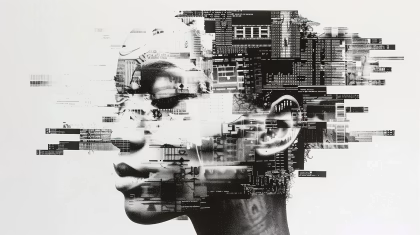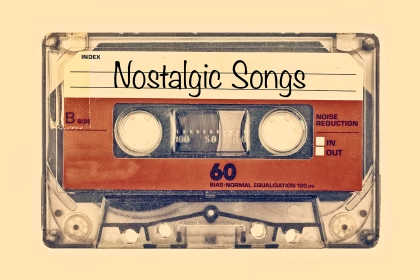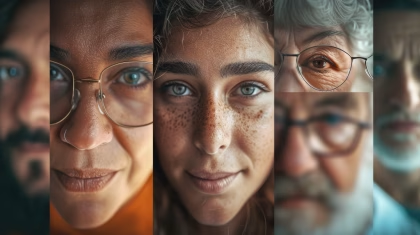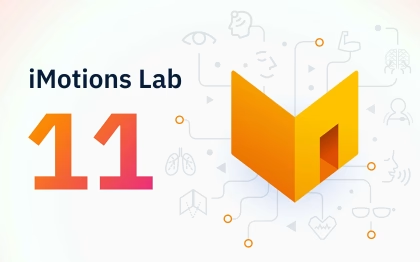Discover how gamification really works. Learn how behavioral science, reinforcement learning, and cognitive psychology drive engagement, and how to design ethical, effective gamified systems.
Table of Contents
- Introduction to Gamification
- What Is Gamification, Really?
- Why Gamification Works (When It Works)
- 1. Reinforcement Learning, Rewards, and Habit Design
- 2. Goal Gradient Effect and Mental Accounting
- 3. Game Theory and Strategic Interaction
- 4. Flow States and Cognitive Fit
- 5. Social Comparison, Identity, and Signaling
- 6. Commitment Devices and Behavioral Momentum
- 7. Narrative and Emotional Transportation
- Gamification Without Manipulation
- Gamification Use Cases Across Sectors
- How to Build Gamification That Actually Works
- Good Gamification Is a Mirror, Not a Trick
- Gamification FAQ
Introduction to Gamification
Gamification isn’t just about badges and buzzwords. It’s not a gimmick, it’s a system. A way of shaping how people make decisions, commit to goals, and stay engaged with the world around them. When it works, it’s because it aligns with how we actually think and behave: we’re not always rational, we’re influenced by social cues, driven by emotion, and wired to follow patterns in predictable ways.
The term is everywhere; gamification in education, marketing, business. But what does it really mean in a world where people are tired, distracted, and overwhelmed by constant choices?
Gamification isn’t just about making things more “fun.” It’s about making them more meaningful, more motivating, and more likely to capture – and keep – our attention.
What Is Gamification, Really?
Gamification is the application of game-like mechanics, where points, feedback, levels, competition, and progression,in settings that aren’t games. The goal is to guide people toward certain behaviors.
In simple terms, gamification changes how choices are presented. It’s a way to apply behavioral economics by setting up rewards, shaping expectations, giving useful feedback, and adjusting what people get out of their choices.
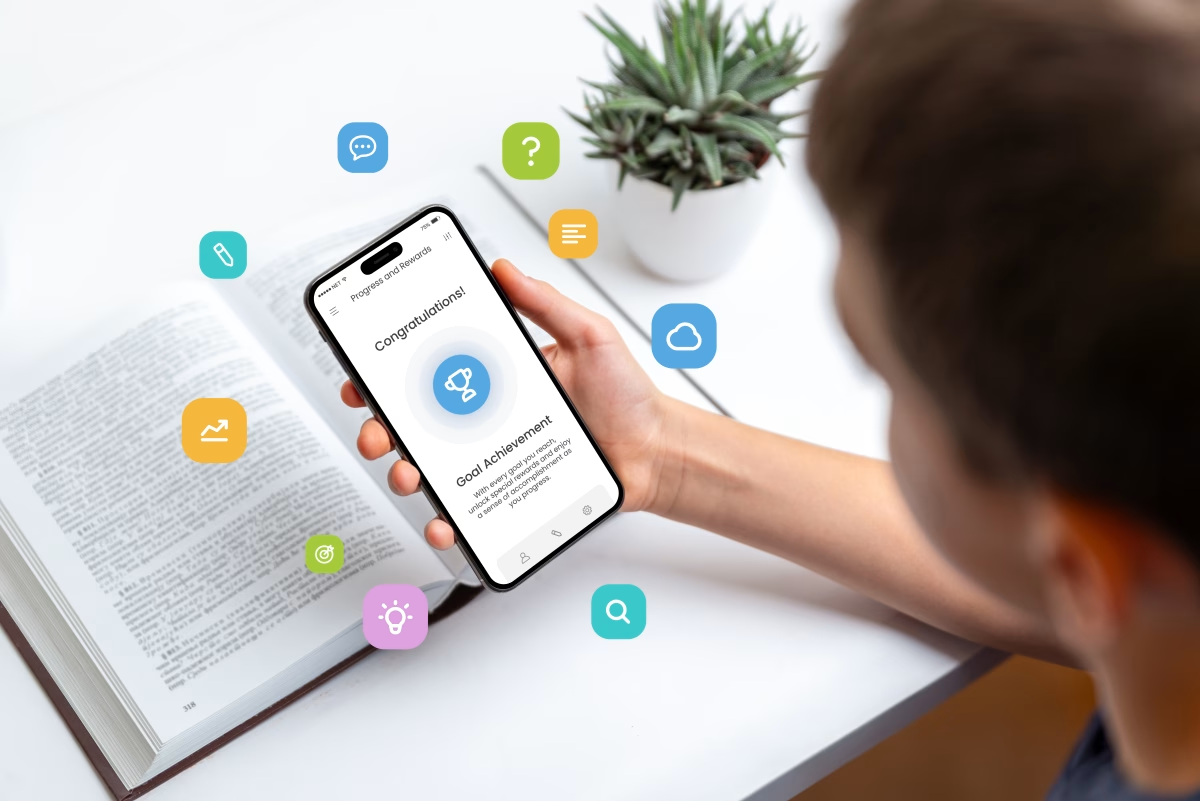
It’s not just about “adding a leaderboard.” It’s about building systems where the best behavior is also the easiest and most satisfying choice.
Why Gamification Works (When It Works)
Gamification works because it taps into how we make decisions. Adding game mechanics isn’t just for show, it activates mental shortcuts, reward systems, and social instincts that help us deal with uncertainty.
1. Reinforcement Learning, Rewards, and Habit Design
At its core, this comes from operant conditioning, which is an idea made popular by B.F. Skinner. More specifically, it’s based on reinforcement learning: the brain updates what it expects based on the rewards it gets.
- Points, badges, and other rewards don’t have value on their own. They’re signals. They help close feedback loops, reinforce behavior, and trigger dopamine in the brain.
- When rewards are unpredictable – much like slot machines or Duolingo’s surprise XP boosts – they trigger what’s called a reward prediction error. This makes the brain pay more attention, not less.
Systems that use fast feedback and surprise rewards keep people engaged, not because they feel like games, but because users learn that their actions matter and lead to real outcomes.
This is also why slot machines are so addictive. It’s not just about winning – it’s about the possibility of winning. And that uncertainty keeps people coming back.
2. Goal Gradient Effect and Mental Accounting
One of the strongest behavior patterns we see is that people move faster as they get closer to a goal.
- Tools like progress bars, levels, and checklists aren’t just visual features, they’re motivational tools. They make goals feel closer and trigger our natural drive to finish what we’ve started.
Behavioral economics explains this as a combination of:
- Loss aversion: we don’t want to lose progress,
- Sunk cost fallacy: we’ve already come this far, so we keep going,
- and mental accounting: we track progress in separate “buckets,” which makes milestones feel more meaningful.
That’s why Gamification works so well in Learning Management Systems, onboarding systems, and sales tools. It keeps people engaged and reduces dropout by turning progress into a powerful motivator.
3. Game Theory and Strategic Interaction
Gamified systems often add competition or teamwork, which brings in strategic thinking. This is classic game theory in action, and you can see it at work in sales teams around the world.
Leaderboards and team challenges turn solo tasks into social games. People stop thinking only about their own rewards and start focusing on how they rank against others.
In game theory terms, it shifts from a one-player game to a multi-player environment. People watch what others do, change their own strategies, and sometimes form alliances, even in digital learning tools or workplace training systems.
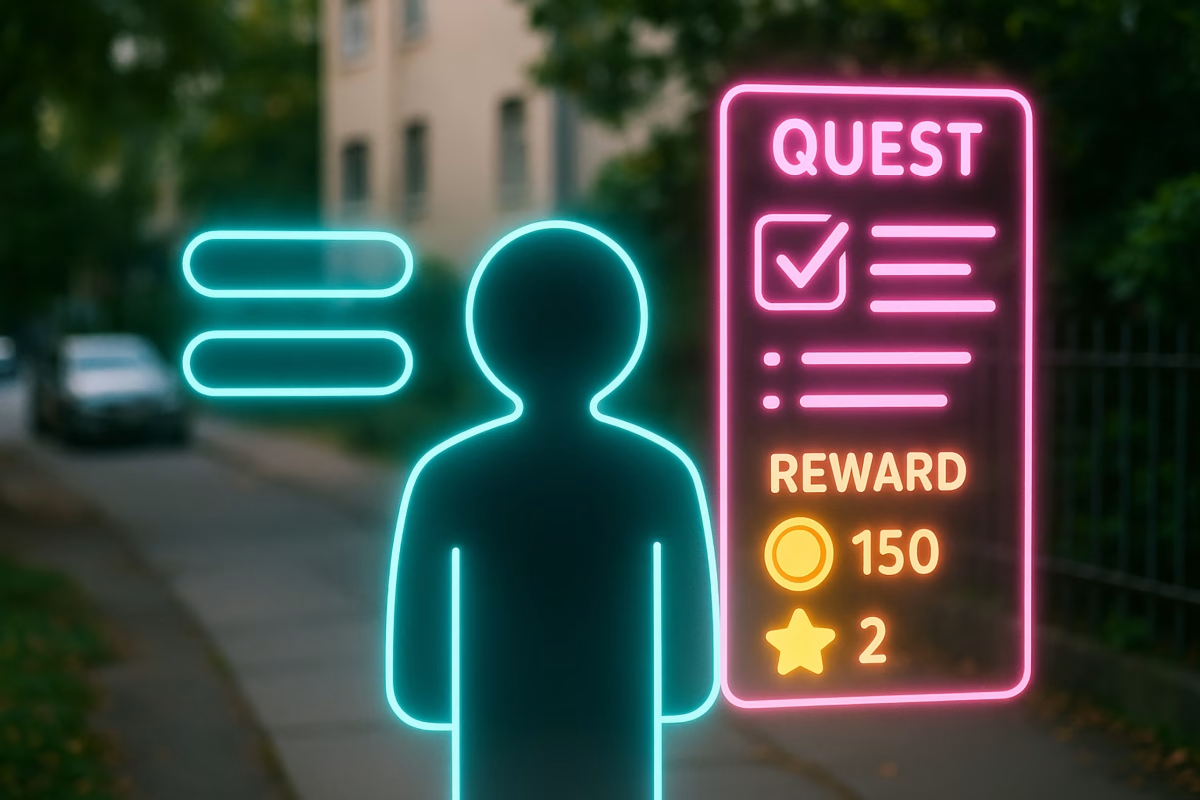
4. Flow States and Cognitive Fit
Mihaly Csikszentmihalyi’s flow theory is one of the most powerful ways to understand engagement.
Gamification helps create flow when systems do the following:
- Match the challenge to the user’s skill level
- Set clear goals and give instant feedback
- Cut out distractions and give users a sense of control
This is not just good user experience (UX), it’s also good cognitive design. Gamified learning and education apps work best when they draw users into focused, rewarding experiences that make them want to keep going.
5. Social Comparison, Identity, and Signaling
People are naturally driven to compare themselves to others. Social comparison theory explains why we care so much about how we measure up.
Badges, leaderboards, and public achievements work as signals. They show status, progress, or skill. This creates status-based incentives, because we’re wired to care about how we look to others and how we rank among our peers.
You can see this in sales, where public recognition boosts performance. In HR, it supports employee recognition programs. In education, it motivates students and helps them reflect on their progress.
But when done poorly – like in hyper-competitive systems – it can backfire. Just think of The Wolf of Wall Street. Gamification can create toxic competition or push people to chase status at the cost of their well-being.
6. Commitment Devices and Behavioral Momentum
Well-designed gamification can also work as a commitment device. It nudges people to stick with their goals by building behavioral momentum.
Your apps already do this. Consider:
- Streaks in Duolingo
- Habit chains in fitness trackers
- Scheduled challenges in learning or workout apps
These tools tap into deep psychological effects:
- Consistency bias – we like to stay true to our past behavior
- Endowment effect – we value what we’ve earned
- Loss aversion – we avoid breaking progress
Used well, gamification isn’t just about motivation. It becomes behavioral scaffolding, meaning a support system that helps people stick with hard goals over time.
7. Narrative and Emotional Transportation
When users feel like they’re part of a story, they get emotionally involved. This is called narrative transportation, and it can shape memory, influence decisions, and drive action.
You’ll see it in:
- Learning apps that use quests
- Onboarding tools framed as missions
- Health apps that show progress as a journey
When goals are part of a story, users aren’t just completing tasks—they’re becoming part of something bigger. The story helps them see themselves in a new way.
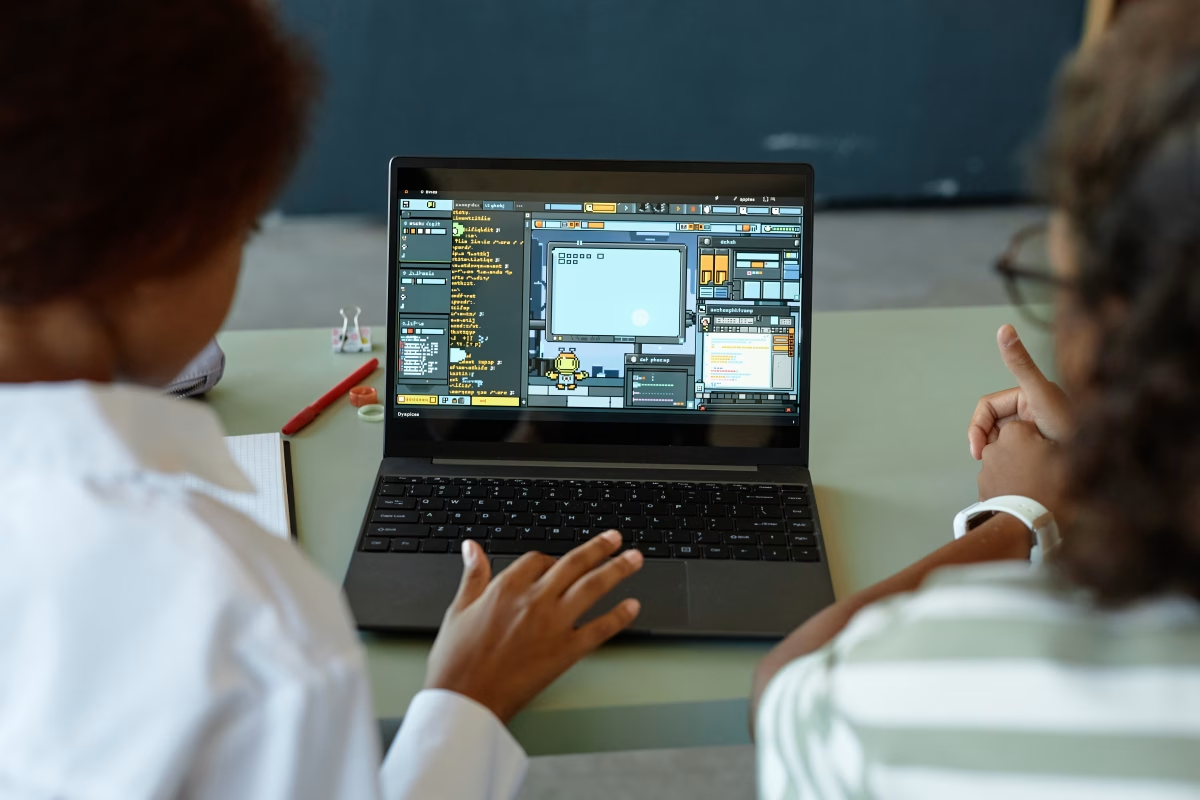
Gamification Without Manipulation
Now, you might, quite reasonably, ask: Isn’t this just like gambling?
In some ways, yes. The same tools that help someone build a new habit can also be used to trap someone in a cycle of addiction. A language app and a slot machine may use similar feedback loops, but the intent and outcomes matter the most.
Poorly designed systems rely too much on external rewards, which can lead to the overjustification effect, people stop enjoying the task and care only about the prize. Worse, they might build addictive habits that damage attention and autonomy.
A good example of an overjustification effect was recently seen in Japan, where McDonalds restaurants offered limited-edition Pokémon cards when buying a Happy Meal. This led patrons to buy food solely to obtain cards, and as a result, widespread food-waste was reported.
For reference, a good gamification strategy follows three key rules:
- Support intrinsic motivation – focus on autonomy, mastery, and purpose
- Offer voluntary participation – users should opt in
- Align with real user goals – not just business KPIs
At its best, gamification is not about pushing users to chase points. It’s about helping them grow in meaningful ways.
Gamification Use Cases Across Sectors
Gamification is already part of everyday life across many industries.
- Education: Platforms like Duolingo and Kahoot use rewards, levels, and progress tracking to keep learners engaged.
- Marketing: Programs like Starbucks Rewards turn purchases into points and perks.
Sales & CRM: Tools like Salesforce use leaderboards and incentives to boost performance. - Corporate Training: Learning systems use levels, badges, and challenges to support knowledge retention.
- HR: Gamified tools help with hiring, onboarding, and employee engagement.
- Banking: Apps use milestones and streaks to reward savings and budgeting.
- Logistics: Warehouses gamify efficiency with dashboards and goals.
- Virtual Events: Attendees earn points, complete challenges, and unlock content to stay engaged.
From call centers to classrooms, from finance to fitness, the same core mechanics apply. The surface may change, but the psychology underneath stays the same.
How to Build Gamification That Actually Works
If you’re designing a gamified system, for learning, sales, or behavior change, focus less on the “game” and more on the structure of incentives, cognition, and feedback.
A Simple Design Framework:
- Define the target behavior – What exactly do you want the user to do?
- Map the user journey – Identify key decision points, and where users tend to drop off.
- Add game mechanics that help – Use points, feedback, and goals to support progress, not distract from it.
- Test with real user data – Go beyond clicks and screen time. Use biometric research tools (like EEG, GSR, or eye tracking) to measure mental effort and engagement.
- Iterate based on behavior, not vanity metrics – Don’t just measure how many badges were earned, look at what users actually do.
- …and remember: always build for autonomy and growth, not addiction.
Good Gamification Is a Mirror, Not a Trick
When done right, gamification doesn’t change who we are. Instead, it reflects what already motivates us, which is curiosity, progress, identity, competence, and play.
If you’re using gamification just to make something “feel like a game,” you’ve missed the point.
Great gamification shapes environments so that the right behaviors feel rewarding, both mentally, socially, and emotionally. It’s not about forcing action. It’s about making the right action the most satisfying one.
At its best, gamification is behavioral science in motion. When used with care, it’s not just a tool to boost engagement, it’s a tool to support real, lasting growth.
Get a Demo
We’d love to learn more about you! Talk to a specialist about your research and business needs and get a live demo of the capabilities of the iMotions Research Platform.
Gamification FAQ
1. What is gamification in behavioral science? Gamification uses game-like mechanics to guide human behavior through feedback, incentives, and psychological motivation.
2. Why does gamification work? It works because it aligns with how people think and act, rewarding progress, social comparison, and mastery.
3. What are examples of gamification? Examples include Duolingo’s streaks, Starbucks Rewards, Salesforce dashboards, and Kahoot learning games.
4. What makes gamification ethical? Ethical gamification supports intrinsic motivation, offers voluntary participation, and aligns with real user goals.
5. How can I design effective gamified systems? Define clear behaviors, add meaningful feedback, test with real users, and always prioritize growth over addiction.
6. What are the risks of bad gamification? Over-reliance on rewards can cause attention loss, extrinsic motivation dependence, or even addictive behaviors.





